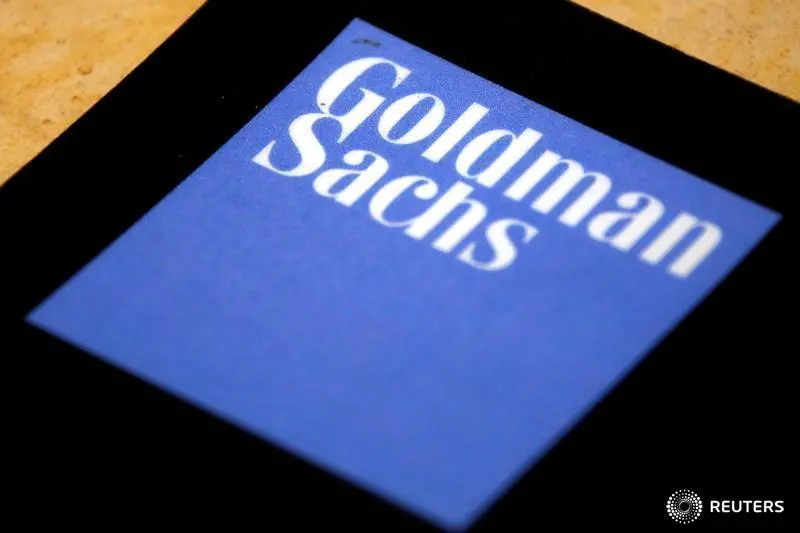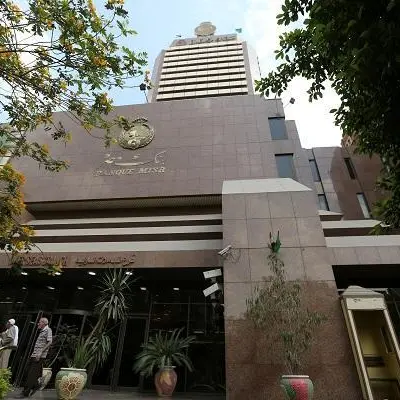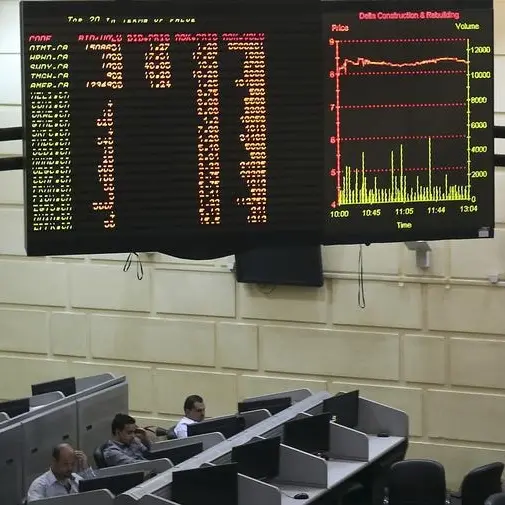PHOTO
NEW YORK - When Goldman Sachs last changed the way it slices up its business lines in 2011, the idea was to downplay potential conflicts between the trading and investing it does for itself and what it undertakes on behalf of clients. It created a new division, Investing & Lending, to house everything from its private-equity stakes to any remaining proprietary trading. Nearly a decade later comes another reorganization, but one with a better motive.
The $84 billion Wall Street firm on Monday added another unit to its ranks, Consumer & Wealth Management, to house its fledgling mass-market banking products. These include deposit-and-loan service Marcus, and a new credit card run alongside iPhone-maker Apple. It’s about time investors got some stand-alone numbers for these products; Goldman has been talking about its retail-banking initiative for three years, since before Lloyd Blankfein handed over the chief executive role to David Solomon.
Spoiler alert: it’s pretty small. Goldman’s consumer activities made up just 2.4% of its total top line for the first nine months of 2019. Profitability is meager, largely because setting up a new bank, and pleasing a powerful partner like Apple, is costly. Operating expenses were equivalent to 85% of Goldman’s consumer and wealth-management revenue in the first three quarters, where at JPMorgan, it’s more like 50%.
It’s the trajectory that counts, though. The consumer bank’s top line grew at an annual rate of 50% in the first three quarters of last year. And it has some distinct advantages over older-school rivals, not least the lack of branches. Say consumer-banking revenue tripled over time from $822 million in the past four quarters, and Goldman got expenses down to 50%. All else being equal, it would add 10% to pre-tax profit.
As for what Goldman is doing with its own capital, that moves again – into its rebadged asset-management section. In reality, though, investors probably care little about what Goldman puts where, and more about the targets Solomon will unveil at his first investor day at the end of January. Giving more clarity on consumer banking, small as it is, is a good warm-up.
CONTEXT NEWS
- Goldman Sachs has changed the way it reports earnings, including separating its consumer- and wealth-management business from money made on loans to corporate clients and proprietary investments.
- Goldman renamed its Institutional Client Services business, which includes trading and is the biggest by revenue, as Global Markets.
- Equity investments would move from Investing & Lending, a division that will now cease to exist, to Asset Management. Lending to companies would be recorded under Investment Banking.
- A new segment, Consumer & Wealth Management, will include Goldman’s Marcus retail bank and its credit-card venture with iPhone-maker Apple.
- Consumer banking made $636 million of revenue in the first nine months of 2019, the firm said, reporting that figure for the first time. In the whole of 2018 it made $611 million.
(Editing by Antony Currie and Amanda Gomez)
© Reuters News 2020












